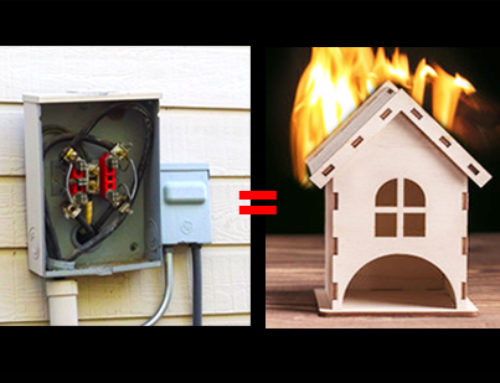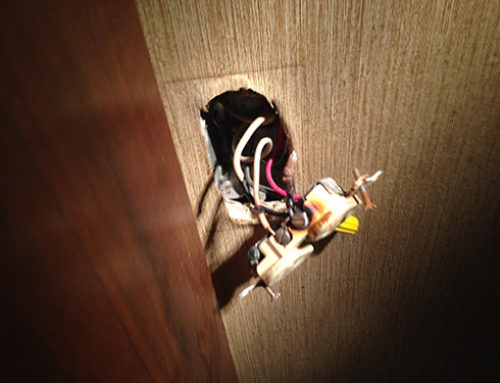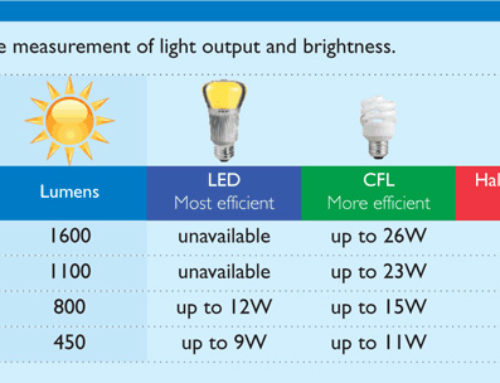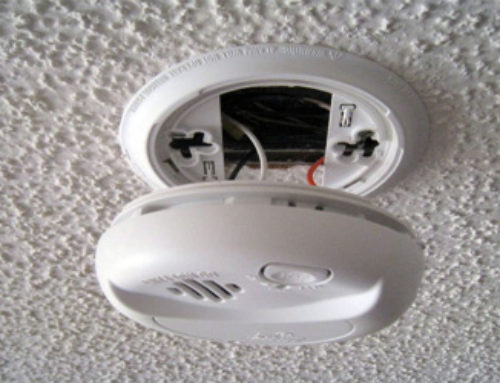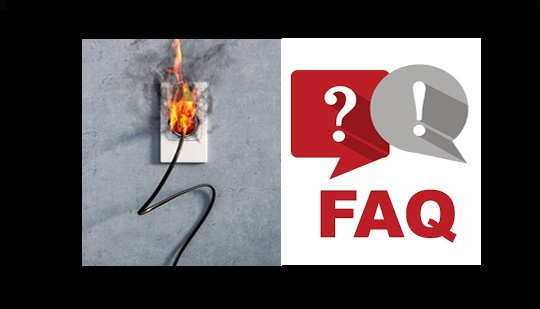
Electrical Safety: Frequently Asked Questions
Are there electrical risks in a home?
The Consumer Product Safety Commission estimates that 50 people every year die from accidental electrocutions involving residential wiring, panel boards, circuit breakers, and outlets. Another 40 electrocutions each year involve household appliances that are connected to the wiring of homes. Interruptions in any circuit wiring, such as flickering lights or sudden loss of power, are not just an inconvenience but also cause dangerous arcing which will present a fire hazard. This is why electrical wiring in the United States is governed by the National Electrical Code (NEC), published by the National Fire Protection Association (NFPA 70) and insures that installations meet OSHA safety guidelines through the (NFPA 70E).
What happens when I plug something in?
When thinking of an electrical system, most people know it consists of wires and circuit breakers, and these wires and circuits provide power to many devices for a variety of uses.
What most people don’t know is that electricity and a race track have a lot in common. For example, a 360-degree delivery of electricity in motion that starts from the utility provider. It then travels to the main electrical panel and crosses a circuit breaker. After that it travels down to the load, where it can be used for a variety of things; such as, a single outlet or a series of outlets that service appliances and electronics. Last, electricity flows back to its source, completing the circuit.
What is the difference between 120 and 240 Volt Circuits?
The voltage of electrical circuits in a standard houses electrical system in the United States is generally 120-volts or 240-volts. This whole track or “circuit” relies on very precise math and runs about 60 times in a single second! The standard 120v Duplex Receptacle electrical outlet will be protected by a circuit breaker and have either a 15 ampere or 20 ampere rating. These outlets consist of two three-holed, polarized receptacles. Each receptacle has a 120-volt ‘hot’ wire, a neutral wire, and a ground. This dual design allows either hot wire to supply the standard 120-volt household circuits. This is how your smaller appliance receive power. For higher powered appliances like a clothes dryer or an electric range, a single receptacle 240-volt is rated for that use. To produce a 240-volt circuit, two of the prongs are a hot wire and the third a neutral.
How do electrical outlets work?
The two receptacles in a common outlet receive power from the same circuit. Leading from one of the circuit breakers located in the electrical supply panel. They are wired together so that two appliances which are plugged into the receptacle receive the same voltage. However, it can draw different amounts of the electric current. This is called parallel wiring and it is the standard for providing 120-volt circuits in the entire system. This makes it possible for the independent use of all appliances, supplied by the same voltage.
The taller rectangle shaped hole on the polarized duplex receptacle outlet will only permit it to be plugged into with the correct polarity. The shorter rectangle shaped hole is the ‘hot’ lead and the switch to the appliance is energized when plugged into the lead. This is how it guarantees that no voltage will reach the appliance when it is plugged in and switched off.
Before buying, selling or remodeling your home make sure that your electrical system and appliances will operate at the highest level of safety possible by having a thorough electrical inspection. Our trained technicians can provide a whole house evaluation of your circuits to ensure they safely deliver electrical current throughout your home. Interstate Electric and Solar has the highest qualified electricians in Denver. Call 720-621-2466 to schedule your Whole House Safety Inspection today.


